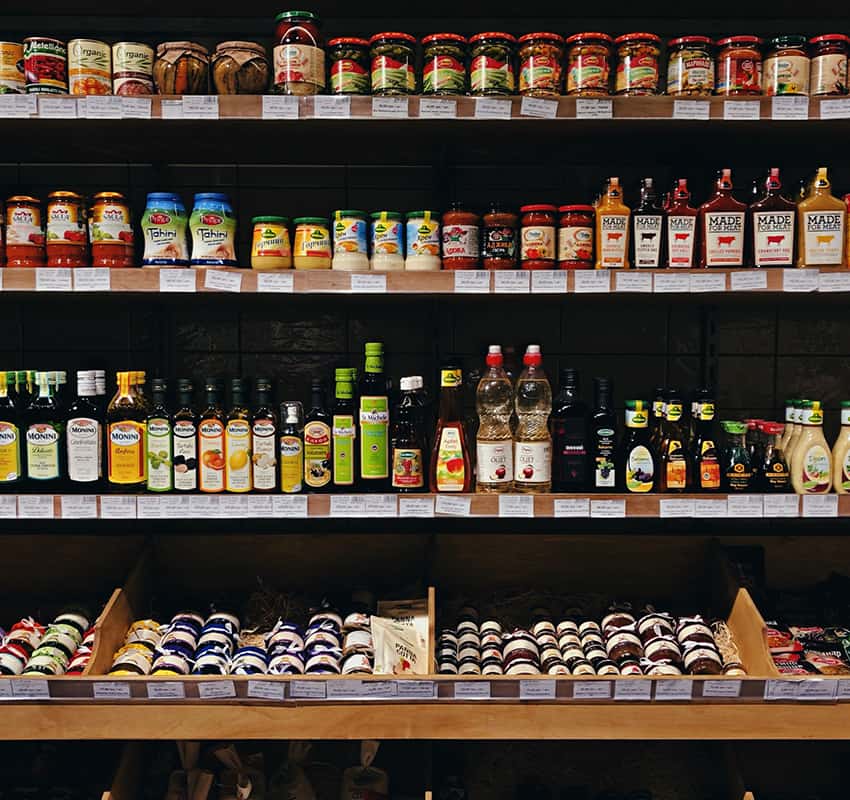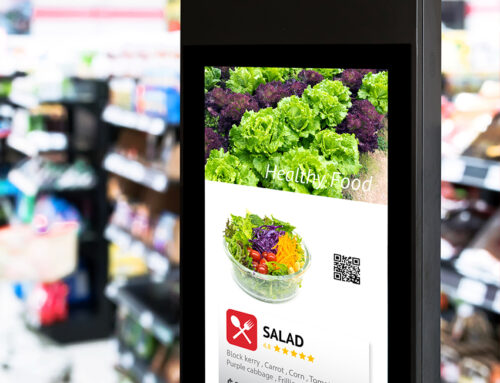If this is the case, cooperative advertising could be the best possible solution for you. Let’s take a look at what cooperative advertising is and what you can do to advertise through this method.
Cooperative Advertising Definition
Cooperative advertising can be defined as the sharing of fees and costs for local ads, usually between a retailer, manufacturer, and wholesaler. Many manufacturers tend to have a specific amount of co-op advertising funds available on an annual basis, usually distributed as different opportunities to collaborate come up. Manufacturers typically report that a lot of these funds are not spent, as very few retailers and wholesale professionals will pursue co-op partnerships.
Co-Op Advertising in the Grocery Sector
Cooperative marketing can be a very useful tool for small businesses in the grocery and food niche, especially for brands with small budgets that cannot afford premium advertising campaigns or endeavors. There are numerous advertising techniques available for any brand. However, you do not have to handle your marketing strategy and advertising campaigns on your own. Gourmet Ads is here to help you generate leads and conversions like you’ve never seen before. A lot of times, co-op advertising is necessary for smaller grocery brands to stay afloat. Cooperative advertising can also make it easier to attract potential customers who are loyal to the “bigger” brand involved in the cooperative partnership but have not yet heard of the “smaller” brand involved.
For the grocery sector specifically, there are a number of ways cooperative advertising partnerships can take place. In one scenario, a manufacturer may assist the distributor with creating physical product promotional items such as flyers and catalog ads for home goods. In another fashion, two cookware platforms can partner up and build an ad campaign that shows off both brands. A meat company and a local grocery store may also mutually fund an advertisement that features the meat company’s products and the grocery’s store convenient location.
In cooperative advertising, agency holding companies can also act as a mediator. Different brands may occasionally have various opinions about how the structure of the advertising campaign should be. The holding company can serve as a neutral third party to assist the brands in reaching an agreement and developing a campaign that is acceptable to all parties.
Just about every supermarket in the United States takes advantage of cooperative advertising through radio, TV, print, and digital advertising campaigns. It certainly makes sense why– it’s a great way to advertise in this sector.
What is CPG in Cooperative Advertising?
Retailers and manufacturers of consumer packaged goods frequently use cooperative advertising. These products are typically sold in stores and are packaged in a way that makes them simple to use for consumers. Cooperative advertising can be a low-cost way for businesses to increase their consumer exposure.
Cooperative Advertising Ideas
If the following food niches apply to you, give them a shot in your next cooperative advertising campaign:
- Feature your beverage brand in the same ad image as a local restaurant’s burgers or breakfast items.
- Advertise both your food products and a retailer’s location to get potential customers mutually interested in both of your brands.
- Advertise your restaurant along with an app delivery service or delivery on-demand service.
- Feature both your products and the products of a similar food manufacturer in a native advertisement in the form of a popular seasonal recipe.
- If you manufacture spirits, liquor, beer, or wine, consider creating an ad campaign with a local bar, club, or restaurant.
- Healthy beverage manufacturers that sell bottled water, enhanced drinks, protein shakes, and even supplements can build a co-op ad campaign with a local gym or health club. You can use cooperative advertising in water advertising to sell your bottled water.
- Partner with another food platform to feature both of your products in a recipe video advertisement.











